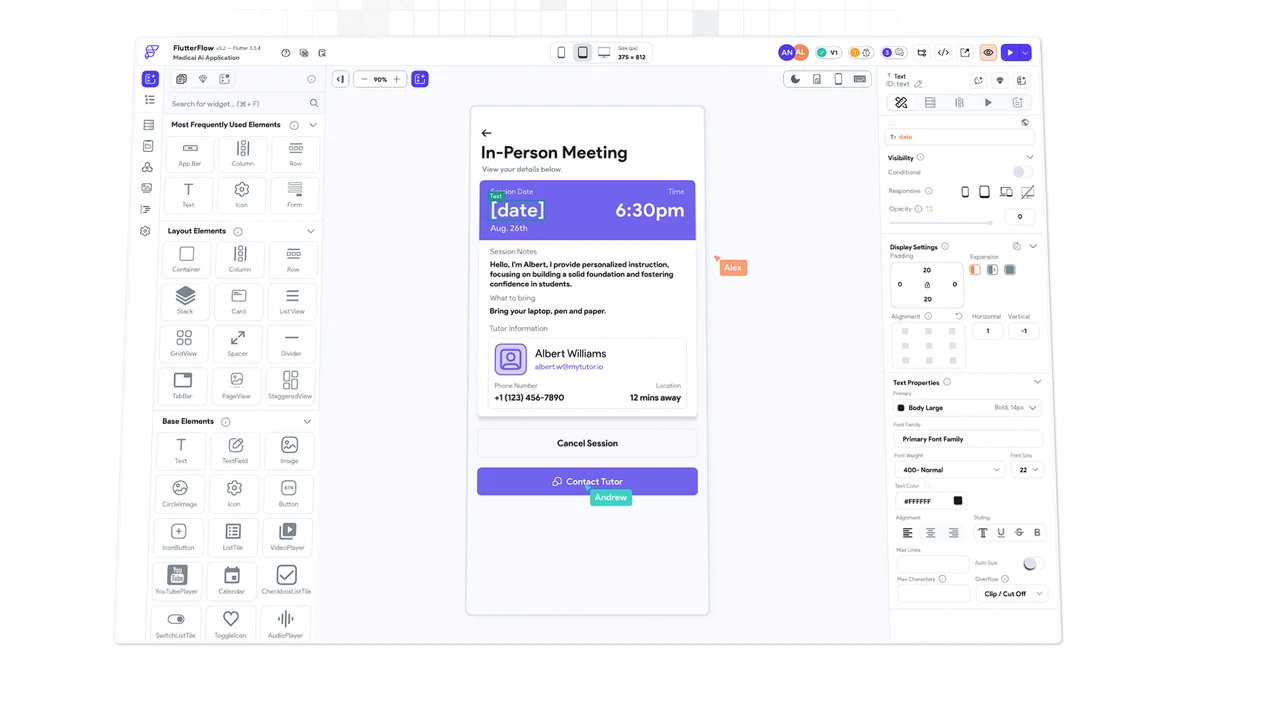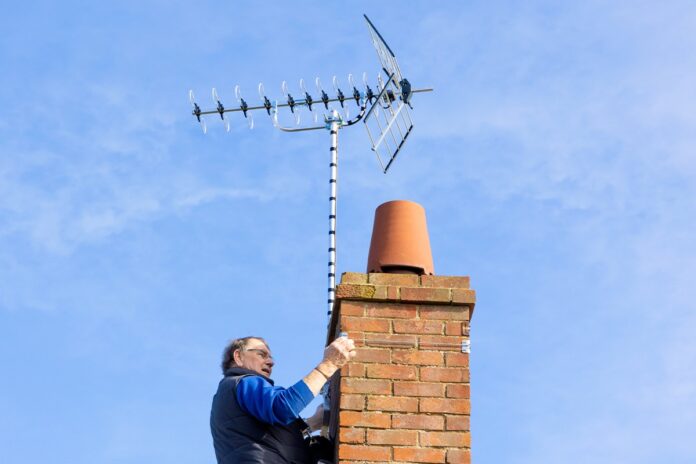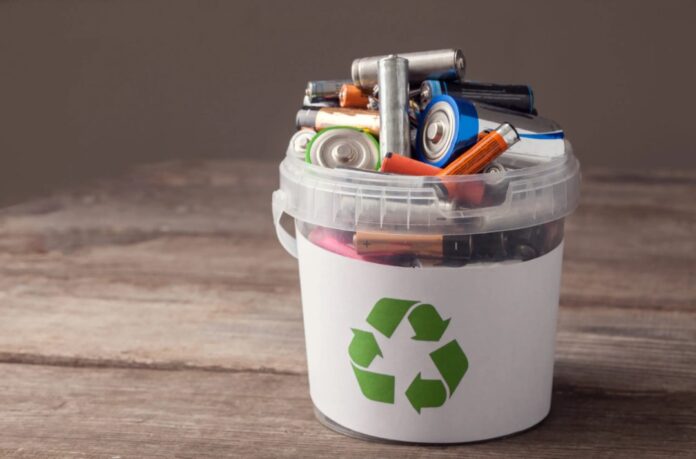Venturing into the realm of artificial intelligence can be a somewhat daunting yet thrilling experience, particularly when it involves the creation of a personalized AI assistants, that can help you manage your mundane daily tasks. OpenAI’s latest offerings provide a powerful platform that allows you to tailor an AI assistant to meet your specific needs. This guide will take you through the entire process using the OpenAI Assistant API and the online building platform that allows you to create amazing user interfaces FlutterFlow.
OpenAI has introduced an advanced assistant capability that facilitates the creation of a custom AI assistant. This assistant can be trained using documents to become an expert in a particular field of knowledge. For instance, if you want your AI to become adept at understanding the complexities of compliant property development, you could train it using detailed guidelines from the Department of Planning and Environment for example.
Although you can use any data files you may have making it completely personalized to your exact requirements and capable of answering questions with that knowledge. For instance if you had a 500 page document that you didn’t have time to read you could upload it to your personalized AI assistant and they would be able to answer your queries using the data from the document.
How to build your own personalized AI assistant
The foundation of building your AI assistant lies in document-based training. By choosing a relevant document, such as an exhaustive 141-page guideline, you can educate your AI. This training enables the assistant to answer questions with confidence based on the document’s content, making it a specialized resource of knowledge. The tutorial kindly created by Steven Liu takes you through everything step-by-step from the initial setup to the intricate details of user interface design, to ensure you develop an AI assistant that understands your questions and provides accurate and helpful responses.
Other articles we have written that you may find of interest on the subject of building AI personal assistants using ChatGPT and other AI tools :
The first step is to set up your assistant on the OpenAI platform. This involves creating an account, selecting the appropriate AI model, and defining the scope of knowledge your assistant will have. After this, you’ll upload the training document to the platform, which the AI will analyze to fully understand the subject matter.
Once the training is complete, the next step is to integrate your AI assistant into a chat system. This is done by configuring the APIs that will connect your assistant with users. You’ll establish threads, messages, and runs to enable user interactions. The system will then retrieve and display the assistant’s responses to user queries.
A crucial element of your chat system is a user-friendly interface. You’ll design a chat view with a message box and input field, making it easy for users to ask questions. To enhance the user experience, you’ll add a chat history to record interactions and include loading indicators to manage the sequence of API calls.
Documenting every conversation between the user and the AI assistant is essential. This data is important for improving response retrieval, as it allows the system to better its answers by learning from past interactions. It’s critical to ensure that your AI assistant provides accurate responses to a wide range of questions. This will likely involve multiple rounds of testing and tweaking the AI’s responses, guided by the training document.
Learn more about FlutterFlow 4.0
For those of you that have not come across FlutterFlow is a low-code platform designed for building mobile applications. It leverages Google’s Flutter framework, which is a popular open-source UI software development kit used for developing cross-platform applications from a single codebase. This means that developers can use FlutterFlow to create apps that are compatible with both iOS and Android platforms.
The primary appeal of FlutterFlow lies in its user-friendly interface and drag-and-drop functionality, which simplifies the app development process. It allows developers, including those with limited coding experience, to design and customize the UI of their apps visually. FlutterFlow also provides a range of pre-built widgets and features, which can be easily integrated into applications.
Another key aspect is its ability to connect with Firebase, a platform developed by Google for creating mobile and web applications, which offers functionalities like analytics, databases, messaging, and crash reporting.
FlutterFlow stands out for its ease of use and the speed with which it allows users to develop functional, visually appealing mobile applications. It’s particularly useful for prototyping, small projects, or for developers who prefer a more visual approach to app development. However, for more complex applications requiring custom functionalities, traditional coding might still be necessary.
Enhancing your AI assistant
To expand your AI assistant’s knowledge base, you can train it with additional documents, up to 20, allowing it to cover more topics. A feedback loop can be implemented to allow users to provide their input on the assistant’s performance, offering valuable insights that can be used to further enhance its accuracy and usefulness.
Lastly, you might think about introducing a subscription service to keep users engaged and informed about new features and improvements to your AI assistant. This service can also serve as a way to gather ongoing user feedback and provide support and updates.
Developing a custom AI assistant with OpenAI’s new features is a detailed process that requires careful planning, thorough training, and smooth integration. By following the steps outlined in this guide, you can create a specialized AI assistant that becomes a vital tool in your area of interest. It’s important to conduct extensive testing, seek user feedback, and stay updated with AI advancements to ensure your assistant remains cutting-edge.
Image Source : FlutterFlow
Filed Under: Guides, Top News
Latest aboutworldnews Deals
Disclosure: Some of our articles include affiliate links. If you buy something through one of these links, aboutworldnews may earn an affiliate commission. Learn about our Disclosure Policy.






